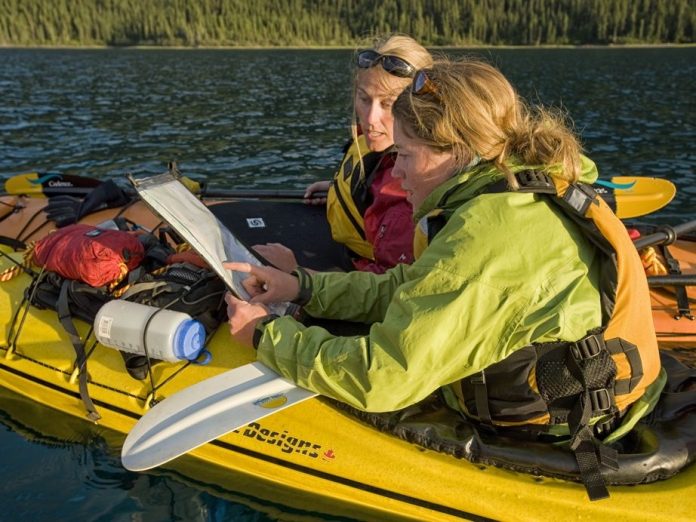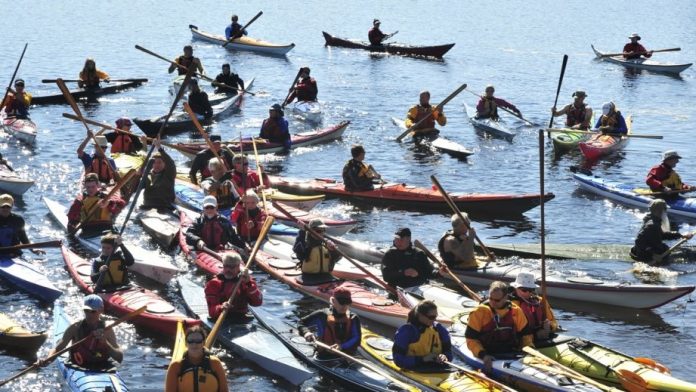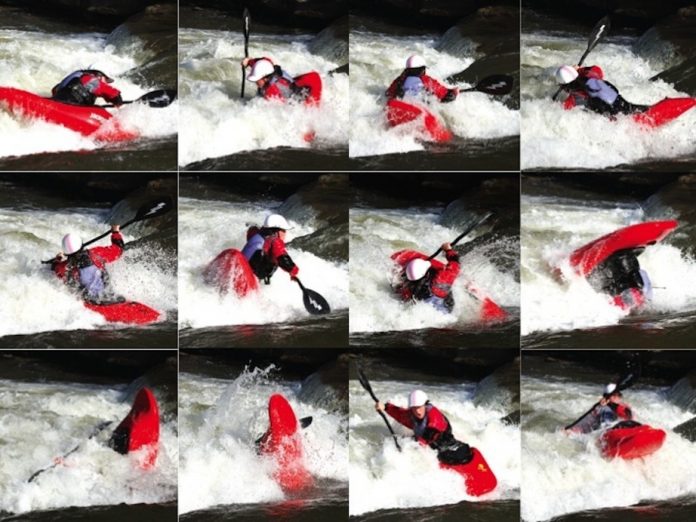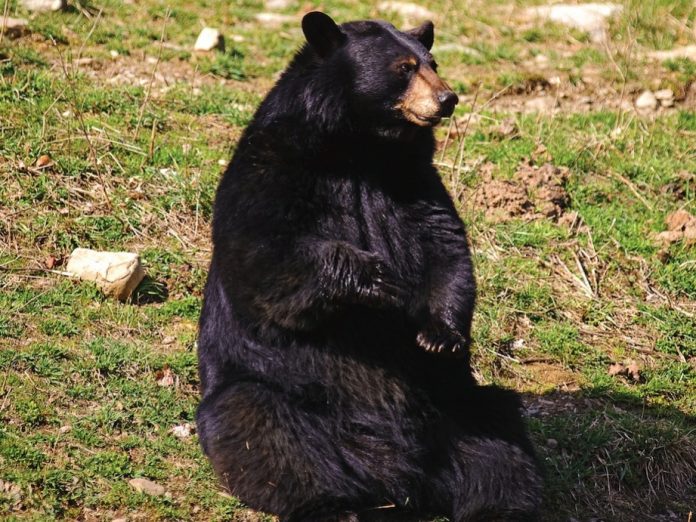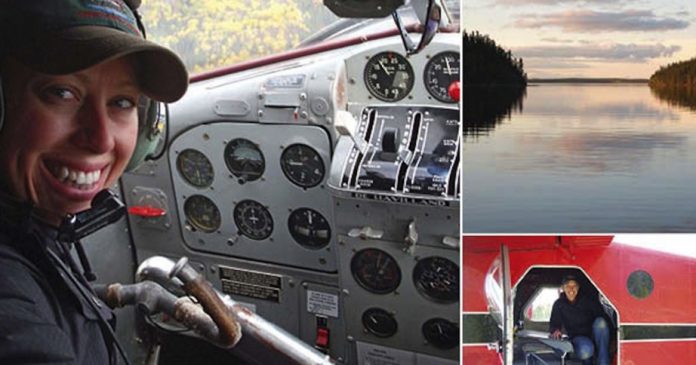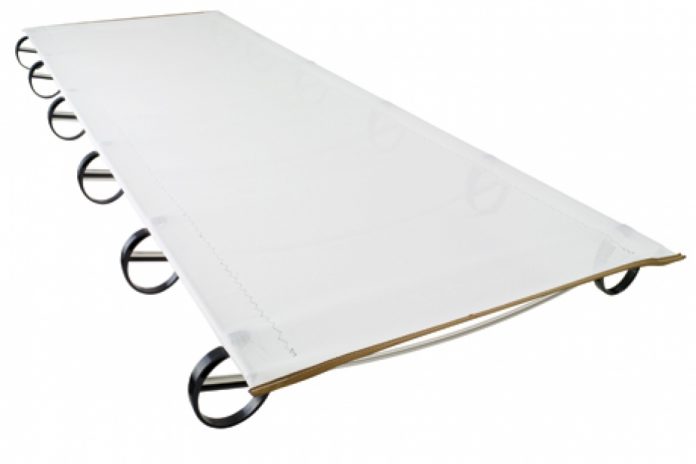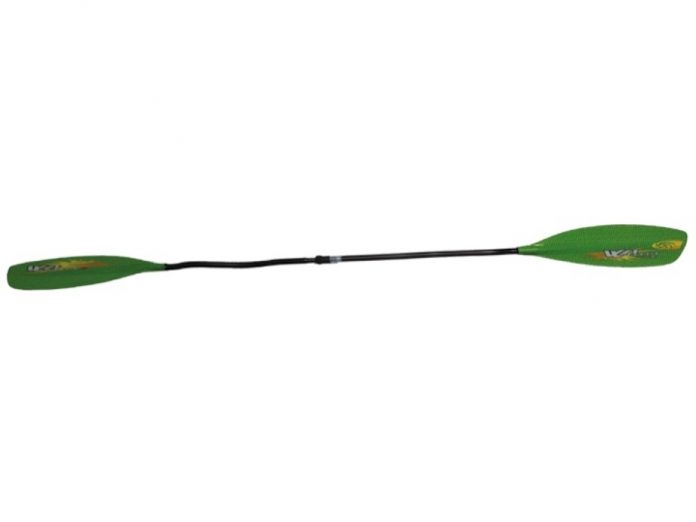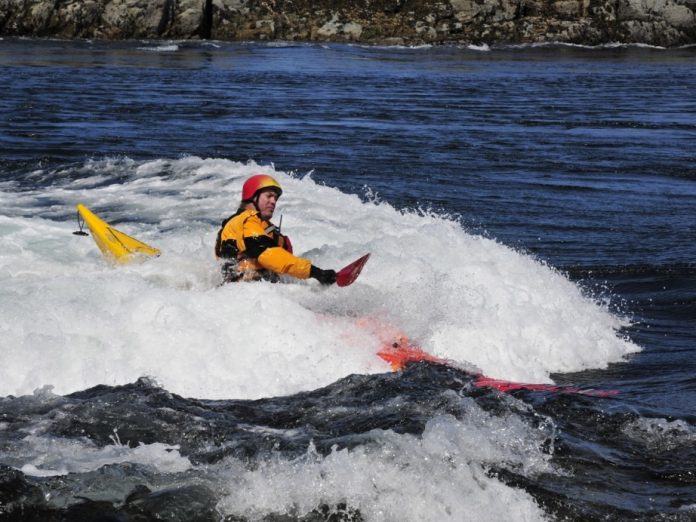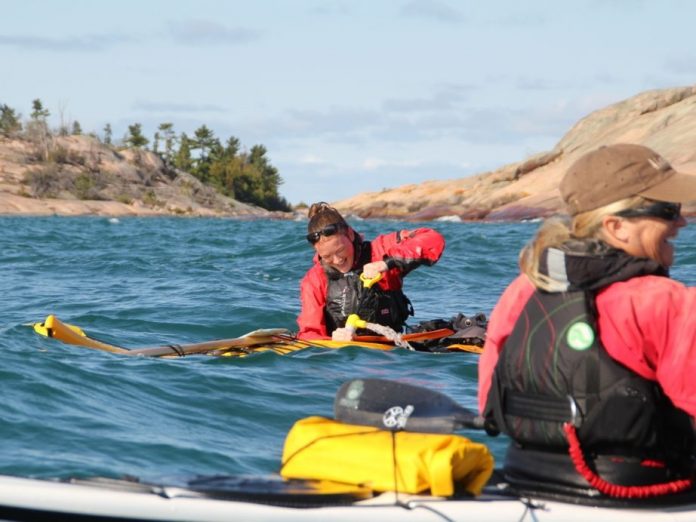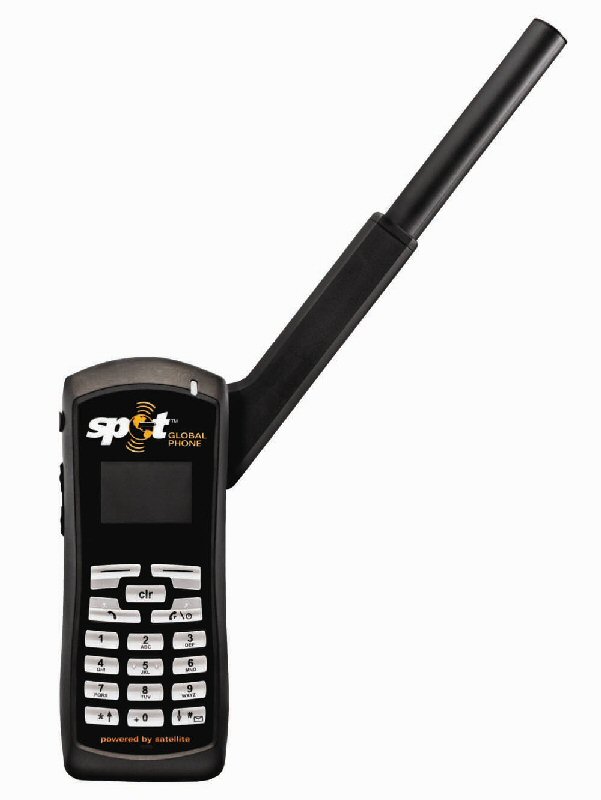This skills article was originally published in Adventure Kayak magazine.
First, people used the stars to stay on course. Then, maps and charts. Now we look back to the heavens to help us navigate, only this time, we use satellites. Today’s GPS devices offer more functionality for paddlers than ever. Leave the map and compass in your hatch and start taking advantage of these six things GPS does better.
GPS SHOWS YOU EXACTLY WHERE YOU ARE
Early receivers were accurate to within 100 meters—enough to give you a rough idea of your position but with a margin of error dangerous for kayakers on lengthy crossings or in limited visibility circumstances. Wide Area Augmentation System-enabled receivers are now the norm and are accurate enough to determine your position to within three meters.
GPS PUTS A WORLD’S WORTH OF MAPS AT ANY SCALE AT YOUR FINGERTIPS
Downloadable map packages include continent-wide coverage allowing devices to contain a library of maps in one place. Preview maps on your computer and preset your own routes, waypoints, landmarks and other information before you head out on trip.
Both topographical maps and marine charts are available for GPS. For most paddlers, topo map sets include more than enough detail to navigate successfully. Nautical chart sets are useful in more challenging ocean environments because they display shoals or submerged rocks, marine aids to navigation, tidal currents and overfalls and large vessel transit zones.
GPS TELLS YOU WHERE TO GO
With a map set and route or destination inputted, it’s just a matter of connecting the dots on the water. Like units designed for in-car use, navigation involves following an arrow to your preset destination. Unlike automobile GPS, there’s no bossy voice calling out un-wanted instructions.
GPS IS MORE THAN JUST MAPPING
Some handhelds can be loaded with global tide tables for those paddling in coastal regions, as well as sunrise and sunset data and lunar cycles, keeping all your navigation data in one place, ready when you need it. Units with barometric pressure sensors can be useful in tracking and predicting weather patterns.
GPS HELPS WITH KEEPING IN TOUCH
Some units are available with two-way radio capability for communication between paddlers or over longer distance using VHF. Others can be paired with satellite communication devices to send email, call for help and even post messages to Facebook and Twitter so your social media network can follow your progress.
GPS HELPS DOCUMENT YOUR JOURNEY
Program your handheld to record your tracks and you can save your route to retrace later or share with paddling buddies. Most units also record distance covered, average traveling speed and time spent on the go—all useful for route planning or training. Marking points of interest helps with remembering aspects of a trip. Some devices come with cameras so you can tie images to places, great for trip logs, reports and storytelling.
This article originally appeared in Adventure Kayak, Early Summer 2012. Download our freeiPad/iPhone/iPod Touch App or Android App or read it here.



